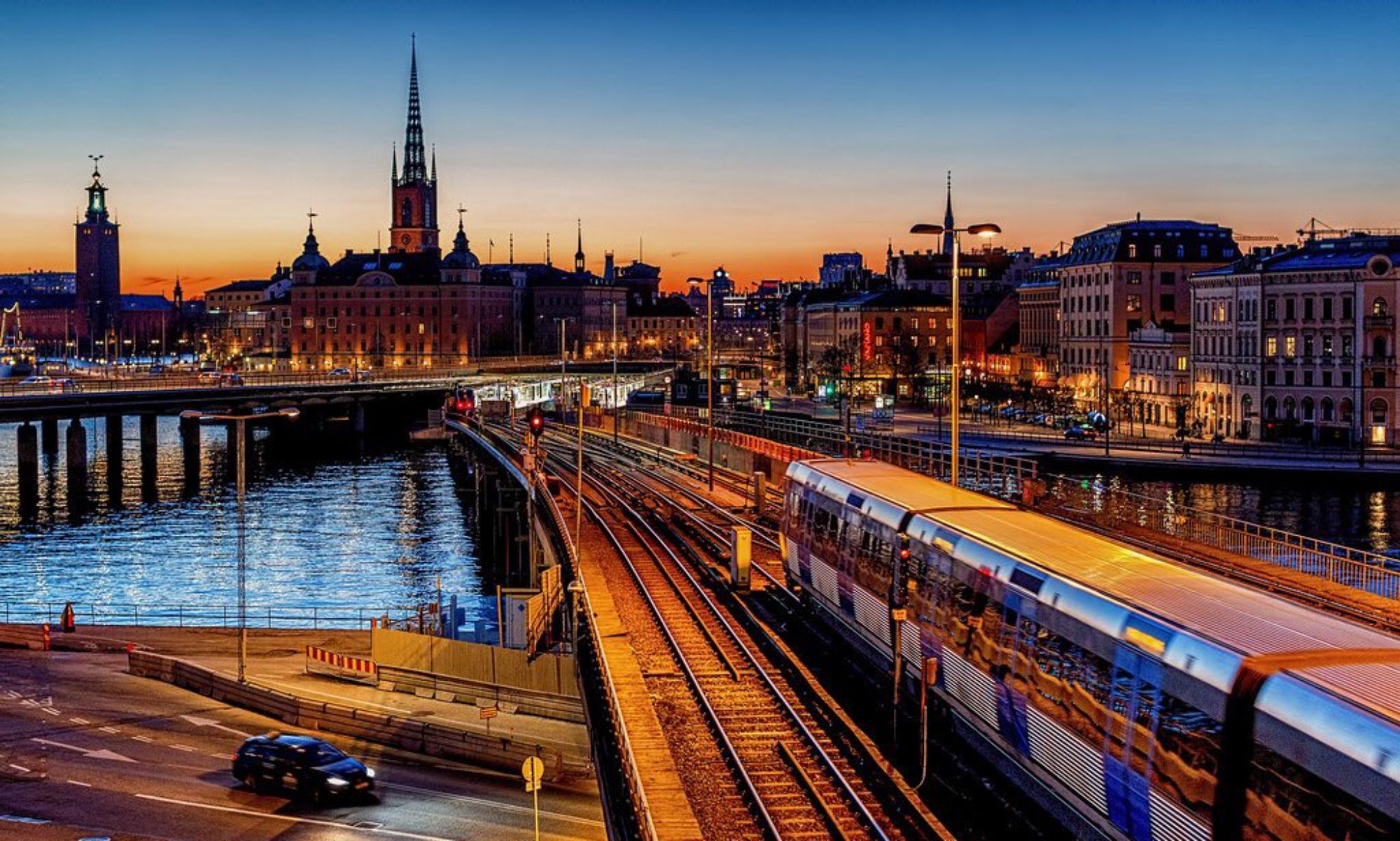“We were building production parts inside of four or five days once they’re set up. The idea with this technology is that you’re getting into monster-sized production capability. HP has increased speed on this equipment and reduced the cost dramatically. We’re able to look at short series runs that get into the hundreds, thousands and—with the right parts—into the tens of thousands.”
Currently, Forecast 3D is capable of working with Nylon 12 materials on HP’s MJF printers, but with material development kits available from a number of materials companies, that list is expected to grow rapidly, Weber explained.
“They’re running off a platform of low cost materials as well, so the material that you’re not using is fully recyclable. You’re putting in a maximum of 80 percent recyclability to a 20 percent version – it’s a material stream that can be refreshed and the material is low cost.
The MJF printing machines are well-suited to producing end-use parts, Weber continued. “The longest build you’re going to get off this machine is going to be 12 hours, not considering cooling, so you’ve got production parts within 24 hours. It’s early and these machines are just hitting the field, but we do expect big opportunities with this technology.”
